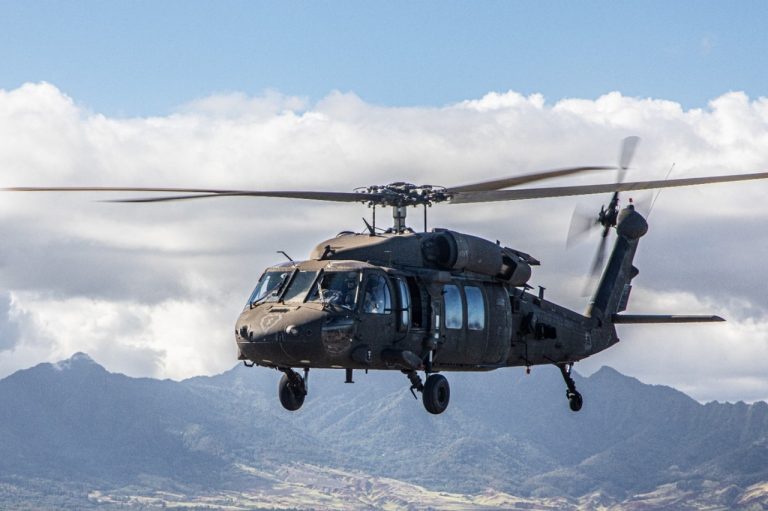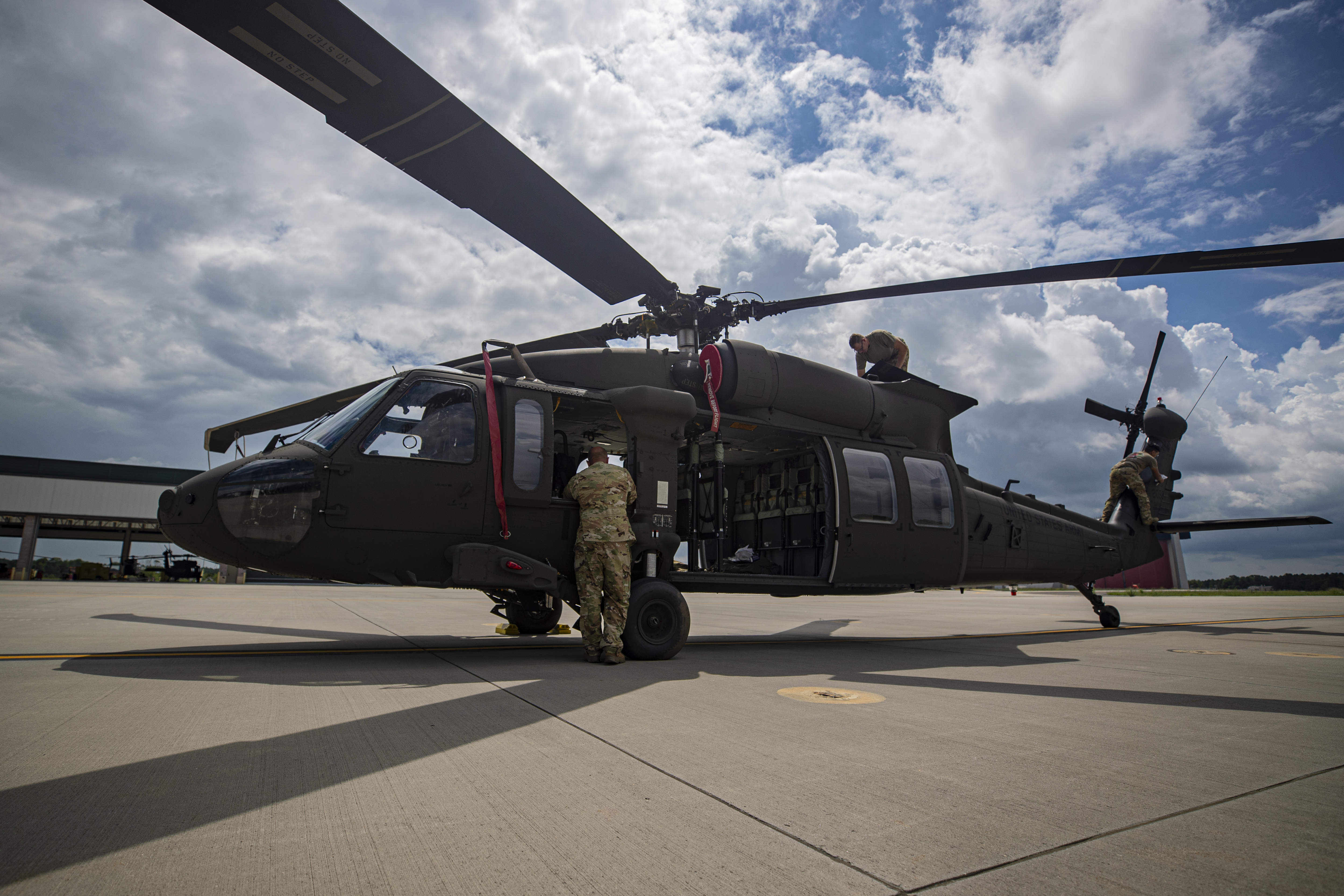A Comprehensive Guide to the Maintenance and Treatment of Airplane for Longevity
The long life of an airplane hinges significantly on its maintenance and care, requiring a structured strategy to make certain optimal efficiency and safety. Recognizing the ins and outs of these methods can be complex; therefore, it is vital to check out the important aspects that add to efficient airplane treatment and the implications of neglecting these obligations.
Relevance of Regular Upkeep
Normal upkeep is necessary for the safety, performance, and long life of airplane. A systematic approach to upkeep makes sure that all parts work ideally, thus reducing the threat of mechanical failing throughout procedure. Normal examinations and maintenance enable professionals to identify potential concerns before they escalate right into significant problems, guaranteeing that the aircraft stays in compliance with air travel policies.
Additionally, maintaining an aircraft according to the manufacturer's guidelines is crucial for maintaining its value. A well-documented upkeep history can enhance resale leads and infuse self-confidence in potential buyers. Additionally, regular upkeep adds to operational effectiveness, as it aids to enhance gas consumption and performance metrics, causing cost financial savings gradually.
Furthermore, regular maintenance adds to the total safety of flight operations (uh 60). By dealing with deterioration without delay, operators can alleviate threats connected with aging airplane systems. This proactive strategy not only protects the lives of guests and crew yet likewise safeguards the aircraft itself against catastrophic failings

Daily Assessment List
Just how can pilots and upkeep teams make certain the airplane is in optimal condition prior to each trip? The solution exists in a complete everyday inspection list, which works as a vital method to recognize possible problems that could jeopardize safety and security and efficiency. This checklist ought to include a number of key locations, including exterior and indoor inspections, along with practical checks of important systems.
Starting with the outside, crews should evaluate the airframe for any type of visible damage, leakages, or signs of deterioration. Interest must be paid to control surfaces, landing equipment, and the problem of tires. Transferring to the interior, the staff needs to verify that all controls and instruments are operational, making certain that electronic systems are operating properly.

Along with architectural checks, it is important to examine gas levels and confirm that all needed records, consisting of registration and weight and equilibrium info, are up to day. Finally, a review of emergency equipment, consisting of life vests and fire extinguishers, need to be carried out to ensure conformity with security regulations. By carefully following this everyday inspection checklist, pilots and maintenance staffs can significantly boost the security and integrity of their aircraft.
Arranged Upkeep Programs
Scheduled upkeep programs are vital for the long-term safety and security and effectiveness of aircraft procedures. These programs are created to ensure that all aircraft components undergo routine examinations, upkeep, and essential repairs at established periods. By sticking to a structured upkeep routine, operators can considerably lower the risk of in-flight failures, enhance aircraft dependability, and prolong the life expectancy of vital components.
Typically, scheduled upkeep is categorized into various levels, consisting of A, B, d, and c checks, each with distinct needs and thoroughness. A checks are normally more constant and concentrate on basic aesthetic evaluations and minor repair work, while D checks are a lot more detailed and take place much less often, including extensive disassembly and overhaul of the aircraft.
Regulatory bodies, such as the FAA and EASA, read review mandate compliance with particular maintenance routines based on aircraft type and use. Operators should maintain careful records of all maintenance done to show conformity and help with assessments. Moreover, the integration of predictive upkeep modern technologies can even more boost the efficiency of scheduled programs by recognizing possible concerns before they rise, thereby making sure that aircraft remain in ideal condition and prepared for risk-free operations.
Look After Aircraft Interiors
Taking care of aircraft insides is essential not only for passenger comfort but additionally for keeping the overall value and safety of the aircraft. Regular cleaning and upkeep of the interior parts add considerably to a favorable flying experience while preserving the airplane's visual appeal.
To ensure ideal treatment, it is important to establish a regular cleaning routine that includes vacuuming carpets, cleaning down surface areas, and sterilizing high-touch locations. Upholstery and seating need to be checked for wear and tear, with any kind of damage without delay addressed to stop additional damage. In addition, focus should be offered to the galley and lavatory areas, which call for detailed cleaning and restocking of products to keep hygiene.
Additionally, making use of appropriate cleansing representatives is important; harsh chemicals can harm surfaces and materials, so it is a good idea to use products specifically created for aircraft insides. Regular evaluations must additionally be conducted to determine any upkeep requires, such as replacing damaged seat covers or fixing home window shades. By focusing check on the care of airplane interiors, drivers can enhance the general traveler experience and safeguard the investment in their airplane.
Comprehending Regulatory Compliance
Regulative compliance is an important aspect of aircraft upkeep, frequently calling for drivers to stick to a complex structure of neighborhood, nationwide, and global requirements. This structure is primarily developed by aeronautics governing bodies such as the Federal Aviation Administration (FAA) in the USA and the European Union Air Travel Security Firm (EASA) in Europe - uh 60. These companies state regulations that control various aspects of aircraft upkeep, consisting of airworthiness, safety procedures, and functional procedures

In addition, operators have to stay informed regarding changes in laws and participate in training click reference programs to make certain that their staff is experienced about conformity needs. Failure to comply with these guidelines can result in severe fines, consisting of fines, grounding of airplane, or loss of certification. For that reason, understanding and adhering to regulative conformity is vital for the durability and safety of airplane procedures.
Final Thought
In conclusion, the upkeep and treatment of aircraft are extremely important for making sure longevity, safety and security, and functional efficiency. Attention to the airplane's interior and compliance with regulative requirements significantly contribute to protecting its worth.
The durability of an airplane pivots dramatically on its upkeep and care, requiring an organized approach to make sure optimum efficiency and safety. By diligently following this everyday assessment checklist, pilots and maintenance teams can substantially enhance the safety and integrity of their airplane.
These programs are created to make sure that all airplane parts undergo normal inspections, upkeep, and necessary repairs at established periods. By focusing on the care of aircraft interiors, operators can boost the total guest experience and protect the investment in their airplane.
In conclusion, the maintenance and treatment of airplane are critical for ensuring durability, safety and security, and operational performance.